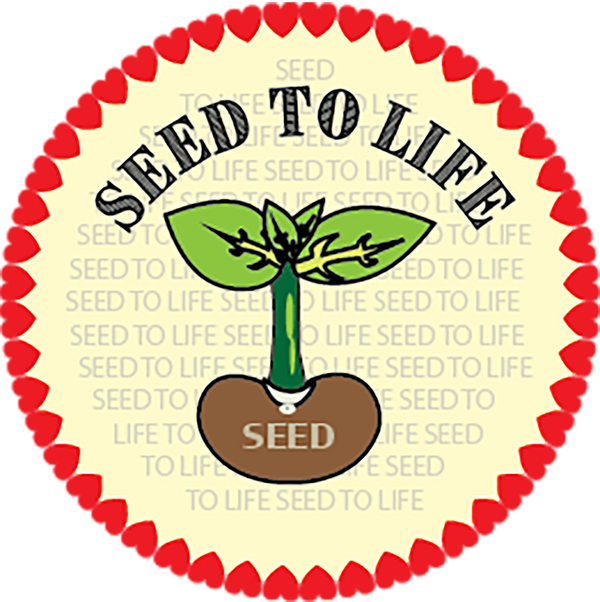1
/
of
4
Seed To Life
Saffron Crocus-10 bulbs - Crocus sativus
Saffron Crocus-10 bulbs - Crocus sativus
Regular price
$15.00 USD
Regular price
$20.00 USD
Sale price
$15.00 USD
Unit price
/
per
Shipping calculated at checkout.
Couldn't load pickup availability
Saffron crocus (Crocus sativus), known as the source of the luxurious spice "red gold," is an extraordinary plant that offers both beauty and value. Growing saffron requires a bit of care, but the rewards are well worth it. Here’s a concise guide based on the detailed instructions you provided:
Planting Saffron Crocus Corms
- Soil Preparation: Use a well-draining mix of potting soil, perlite/sand, a bit of vermicompost/compost, and a moderate amount of fertilizer. The soil should be fluffy and not clump when compressed.
- Planting Depth: Plant corms 4 inches deep and 4 inches apart.
- Sunlight: Saffron plants thrive in full sun. Position the pots or ground beds where they won't receive water from sprinklers, as the corms need dry conditions.
- Protection: Protect the corms from rodents by using wire mesh or by planting them in containers or raised beds.
- Watering: Water the corms only when planting them in pre-moistened soil; no additional watering is needed until growth appears in fall.
Growth and Bloom
- Bloom Timing: Flowers usually appear 6-8 weeks after planting, typically from mid-October to mid-December, often coinciding with the cold front. Bloom lasts about 3 weeks.
- Observation: The flowers may emerge alone or with grass-like leaves. Look for a white semi-transparent stalk as an early sign of blooming. Harvest the flowers early in the morning, as they bloom and fade within a few hours.
Dormancy and Overwintering
- Dormancy: After blooming, the corms go dormant in summer, but they will re-emerge in fall. The leaves may also reappear in spring without blooming.
- Cold Climates: In colder regions, dig up the corms and store them in sand or dry peat moss at 40-50°F. Replant them in early spring, but avoid watering until fall growth.
Harvesting and Using Saffron
- Harvesting: Each flower produces three red stigmas, the precious saffron strands. Store the flowers in the refrigerator to keep them fresh.
- Usage: Saffron can be used fresh or dried. To use, soak the strands in hot milk or water, then crush to release the golden color, perfect for garnishing dishes like basmati rice or pilaf.
By following these steps, you can successfully grow and harvest your own saffron, enjoying both the visual beauty of the flowers and the culinary richness of the spice.
Share








